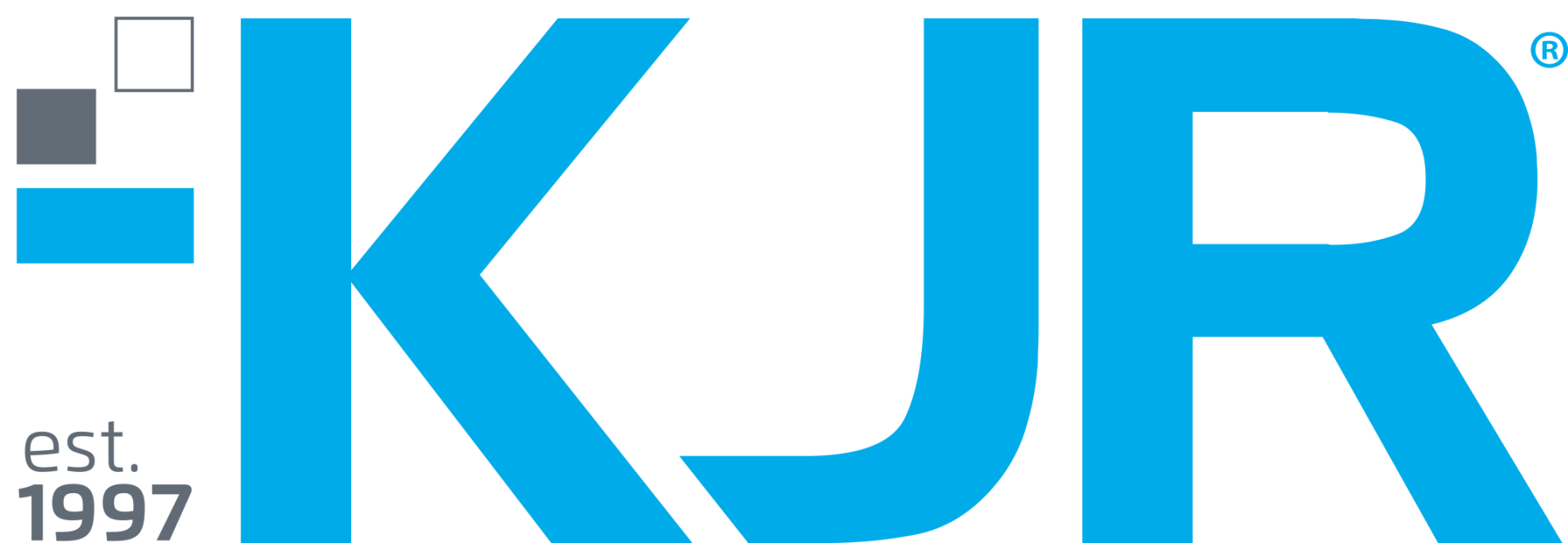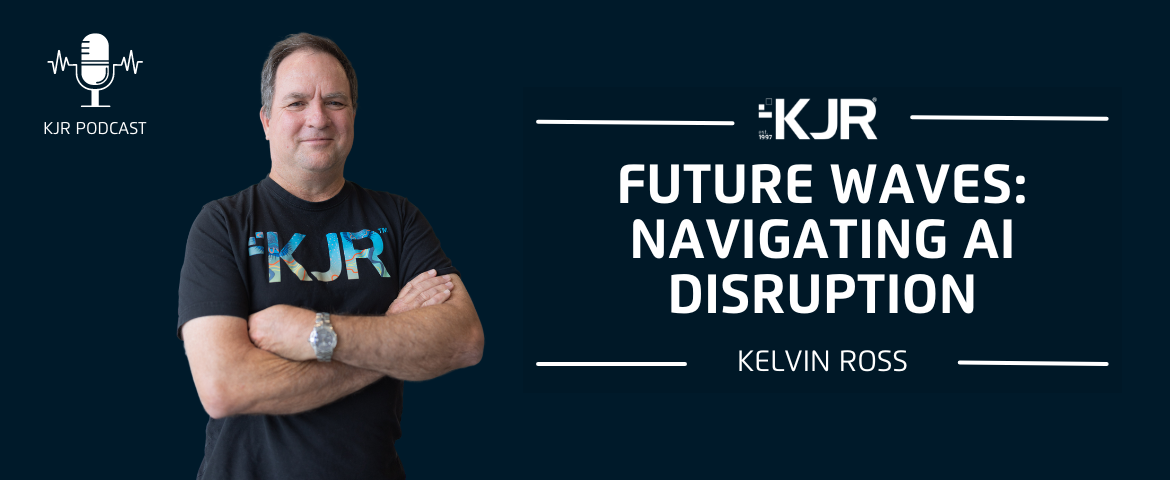News
KJR is actively collaborating with AAUS and various government agencies to identify opportunities within the drone industry and to push the boundaries of technology.
Microsoft invited KJR to refine their their cutting-edge ‘Public Sector Information Assistant’ tool, recognizing KJR’s expertise in software quality assurance.
Season 23/24 marks KJR’s 5th year with UC Capitals. The UC Caps & KJR 3X3 Corporate Cup 2023 united businesses and families in competition.
With AI’s growing influence and promise for technical, economic, and social progress, the complexity of ensuring its flawless functionality is recognized. The risk management measures proposed in the report are crucial, given the persistent challenges in the practical application of AI.
KJR collaborates with Kinaway to foster connections and engagements with Victorian Indigenous businesses, aiding Aboriginal and Torres Strait Islander community development.
The journey toward Agile is not just a process change; it’s a paradigm shift that redefines how we perceive, assure, and enhance software quality.
Dive into how KJR revolutionizes OTT testing in media & entertainment with cutting-edge automated tools for superior data quality assurance.
AI revolutionizes tech, significantly advancing automation, enriching data analysis, and spawning novel AI-driven solutions for unparalleled industry evolution.
Dr. Ross shares deep insights on AI’s current impact and its transformative future, emphasizing the need for a regulatory approach to navigate the challenges.
IAD 2023 showcases tech-driven solutions for Indigenous issues, highlighting innovation and community collaboration in tackling real-world challenges.
Australia is witnessing a thriving AI landscape, with KJR at the forefront of innovation. KJR was recognised amongst the top 20 Australian tech companies riding the AI wave.
Dr. Ross underscores AI’s vast potential to address societal challenges, stressing the crucial role of careful regulation to ensure its safe and ethical adoption.



















